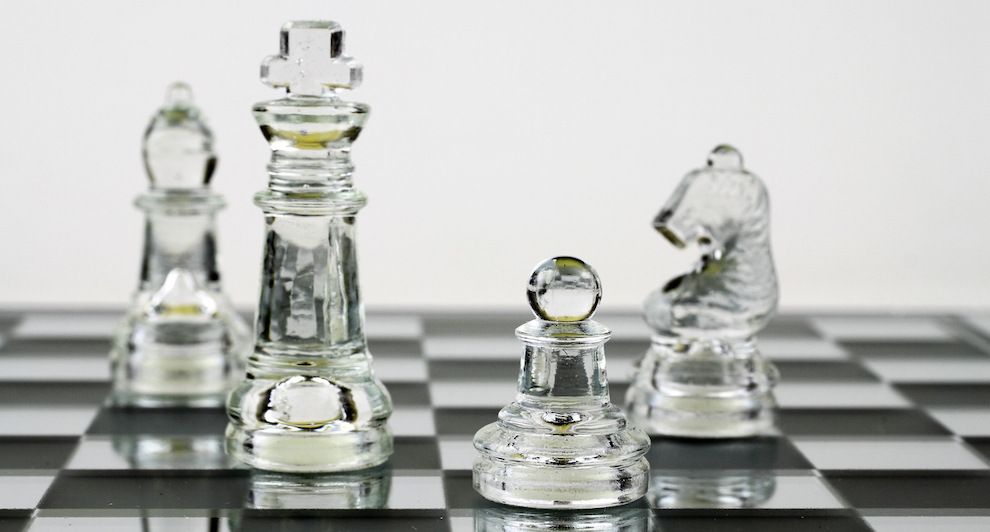Editor’s note: Nancy Cox is the founder of Research Story Consulting and former CPG corporate researcher. Her work and play include words, sketchpads, cooking (not baking) and the occasional sock puppet.
Passions, hobbies, healthy distractions and even guilty pleasures – discover how the research community plays and how that plays out in their work life. In the Venn diagram of work and play, what happens when work and play overlap? Research colleagues share their work and play stories in this interview series by Nancy Cox.
My play is chess. It’s a game with a simple goal and straightforward rules yet you can spend your whole life getting better. It’s also a game you can enjoy, set aside and then return to again. That’s my story. I discovered chess from a library book as a child, hounded my dad into playing games with me and then didn’t play again until the pandemic. The pandemic, not surprisingly, helped create an overall surge of interest in chess especially due to the TV series, “The Queen’s Gambit.”
Chess is an easy game to fit into life. I’m lucky to live in New York where many bars have chess sets and there are also dedicated chess clubs. But I also play online or do a hybrid – a daily game where I am playing an online competitor but also have my physical board, my glass set from childhood, set up where I can study the board before making my move.
Over 25 years ago, a computer beat a human – Deep Blue vs. Garry Kasparov – in chess. Chess became a “solved” game with known best moves and today your smartphone or even your watch can beat you every time. Yet, computers didn’t kill chess for humans. Instead, computers opened us up to knowledge sharing. That might be a comforting example for researchers who feel that AI and other technologies are a threat vs. a benefit.
When I play online, I get a data smorgasbord about my individual play. I get data on what time of day or day of the wee...
